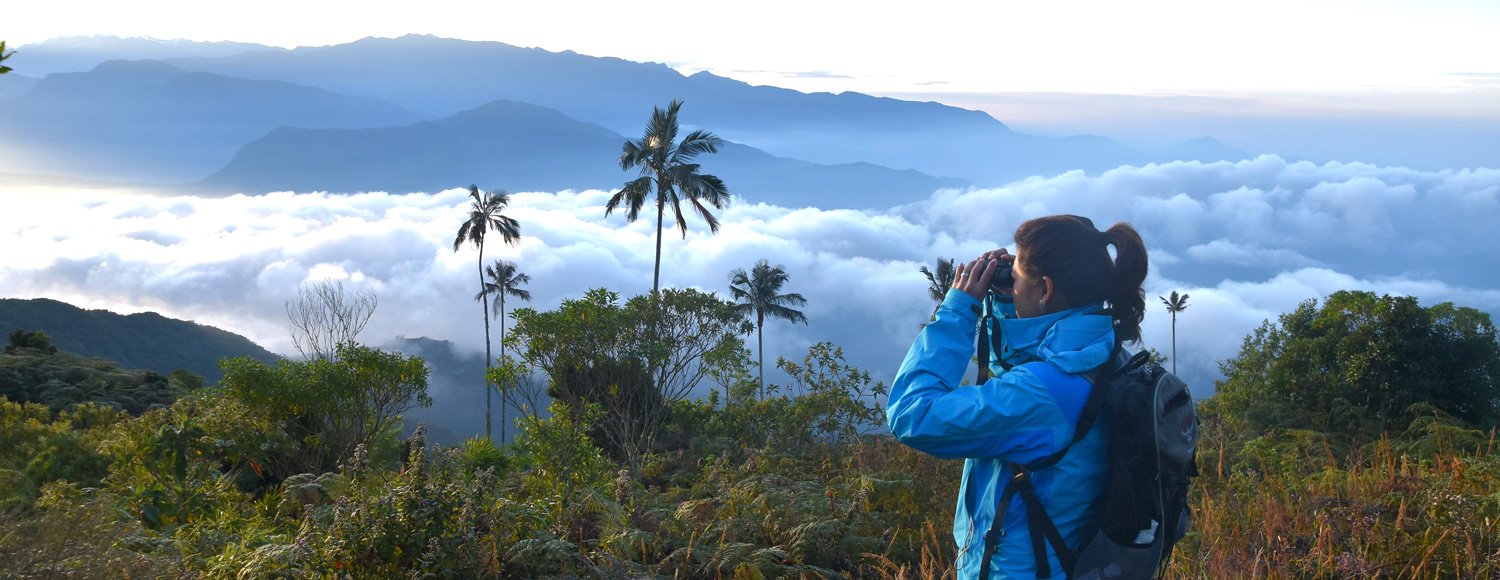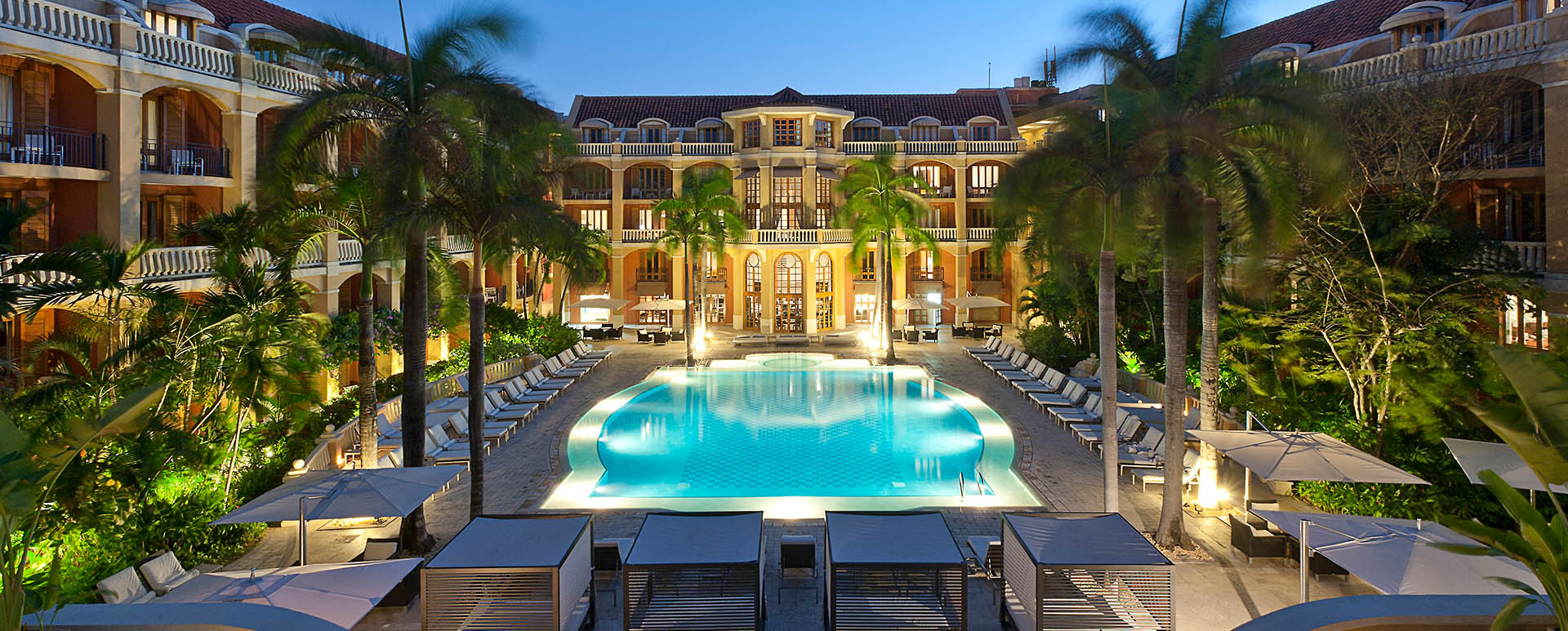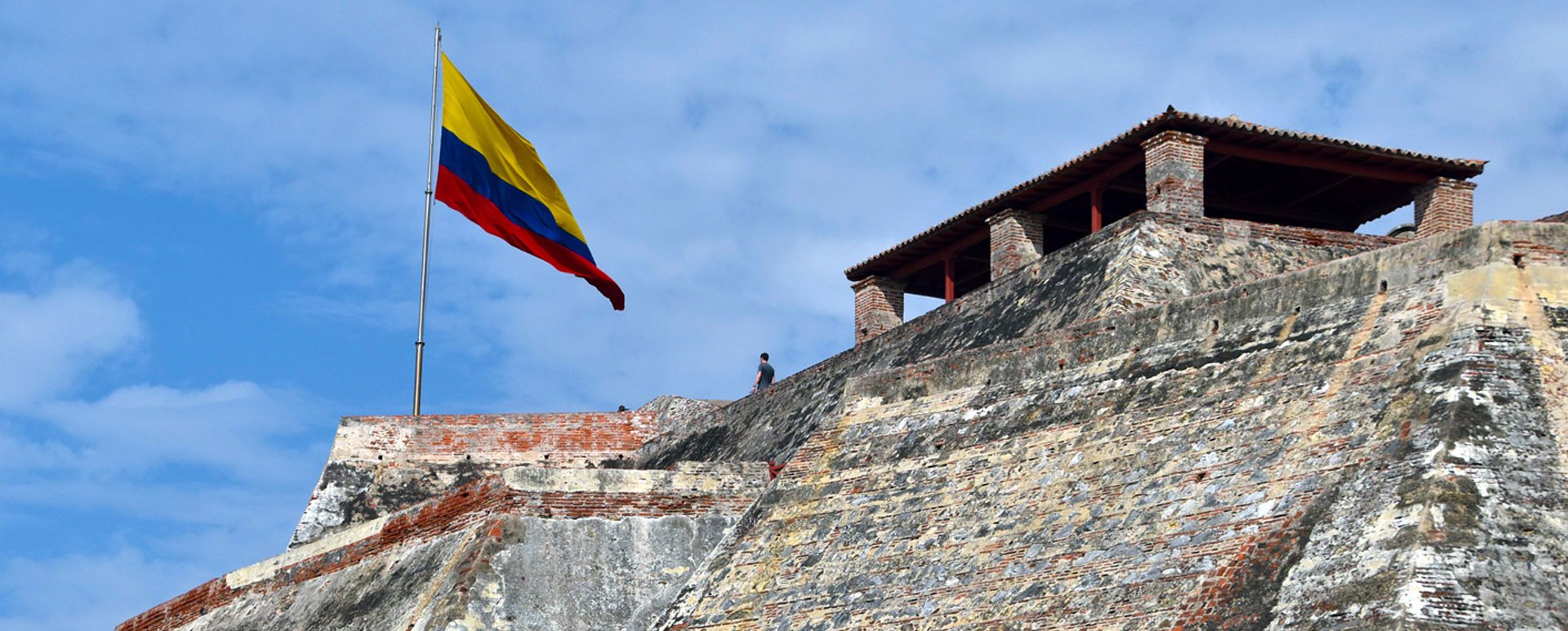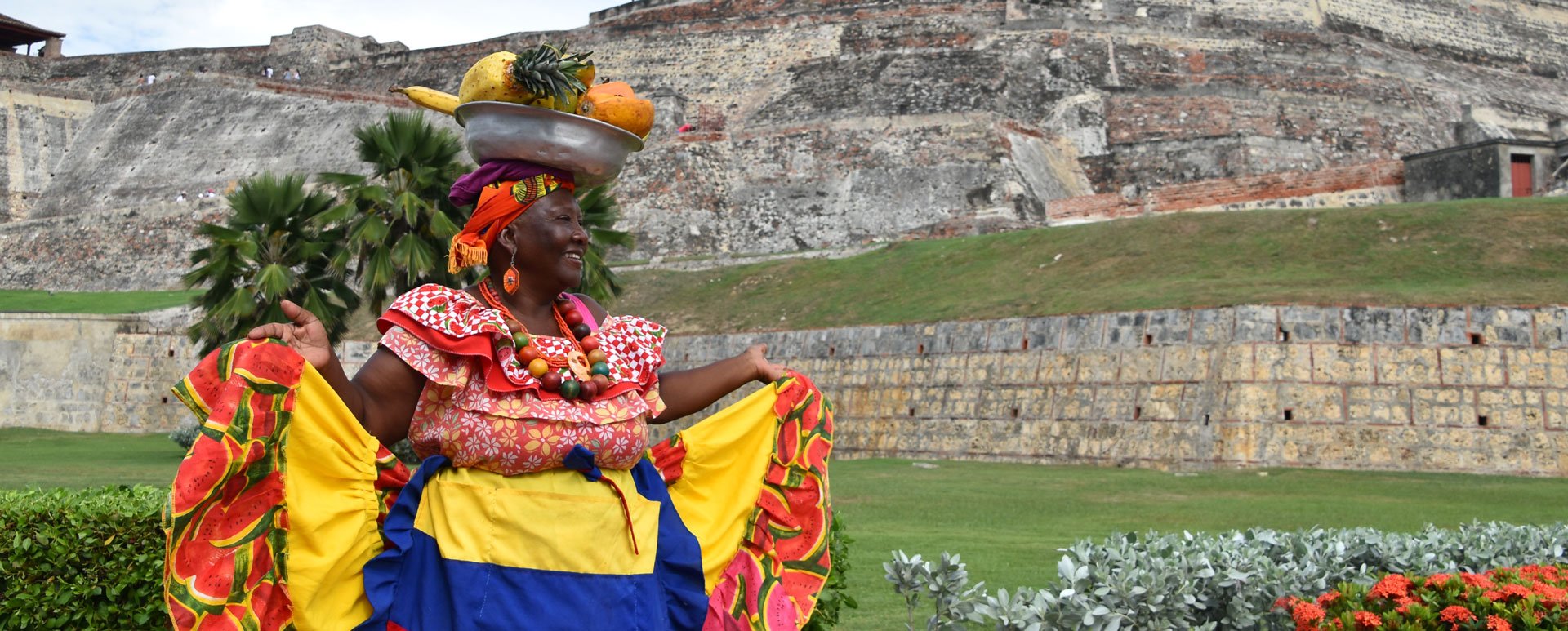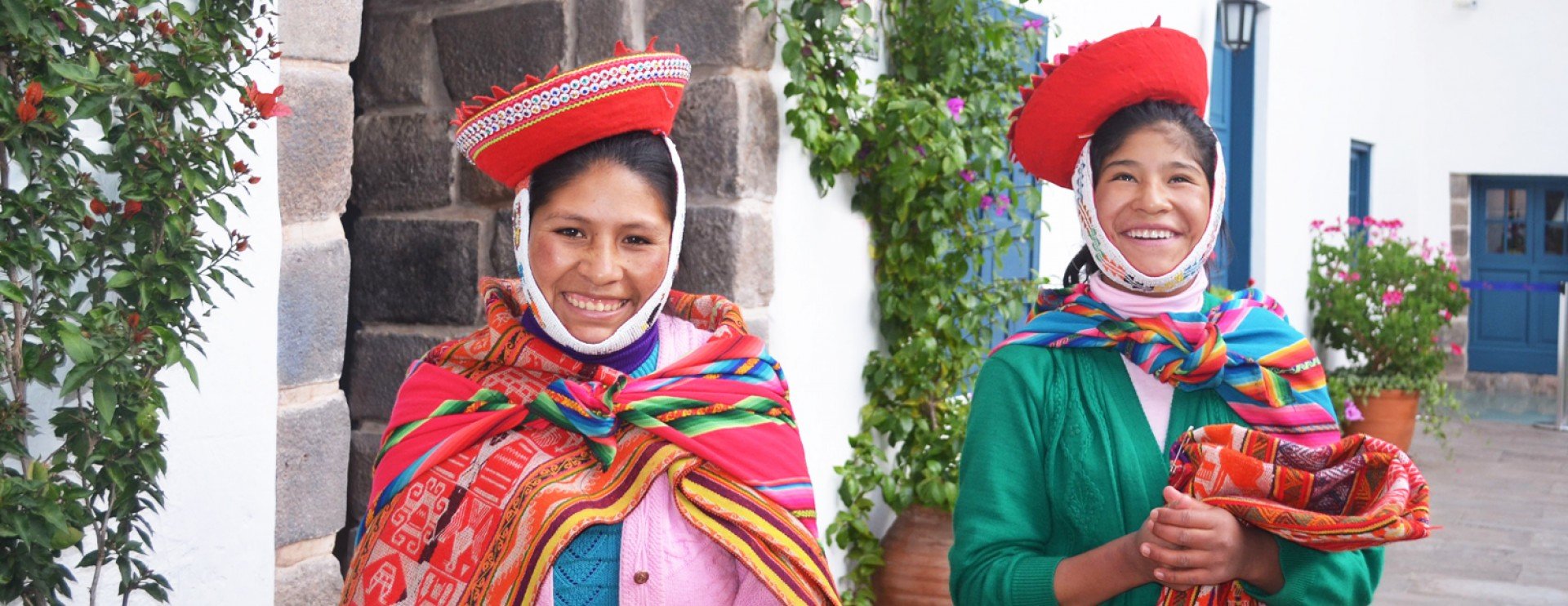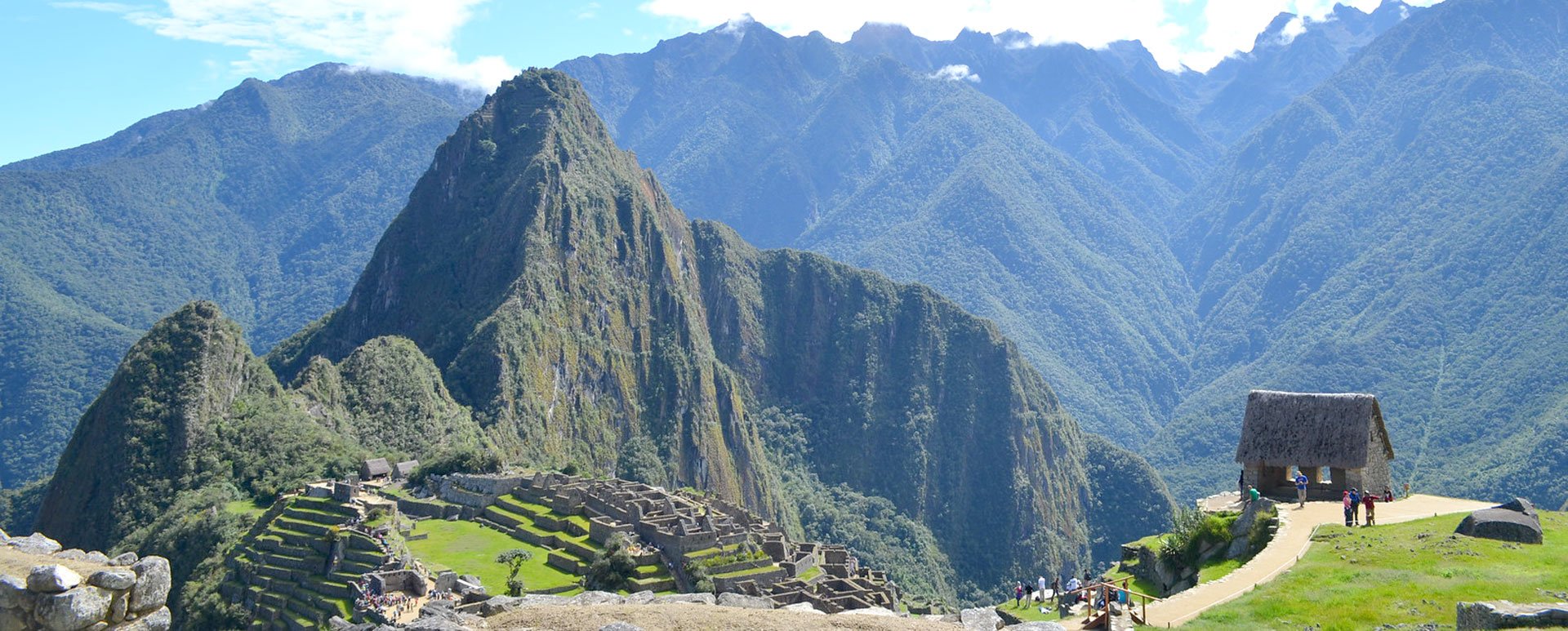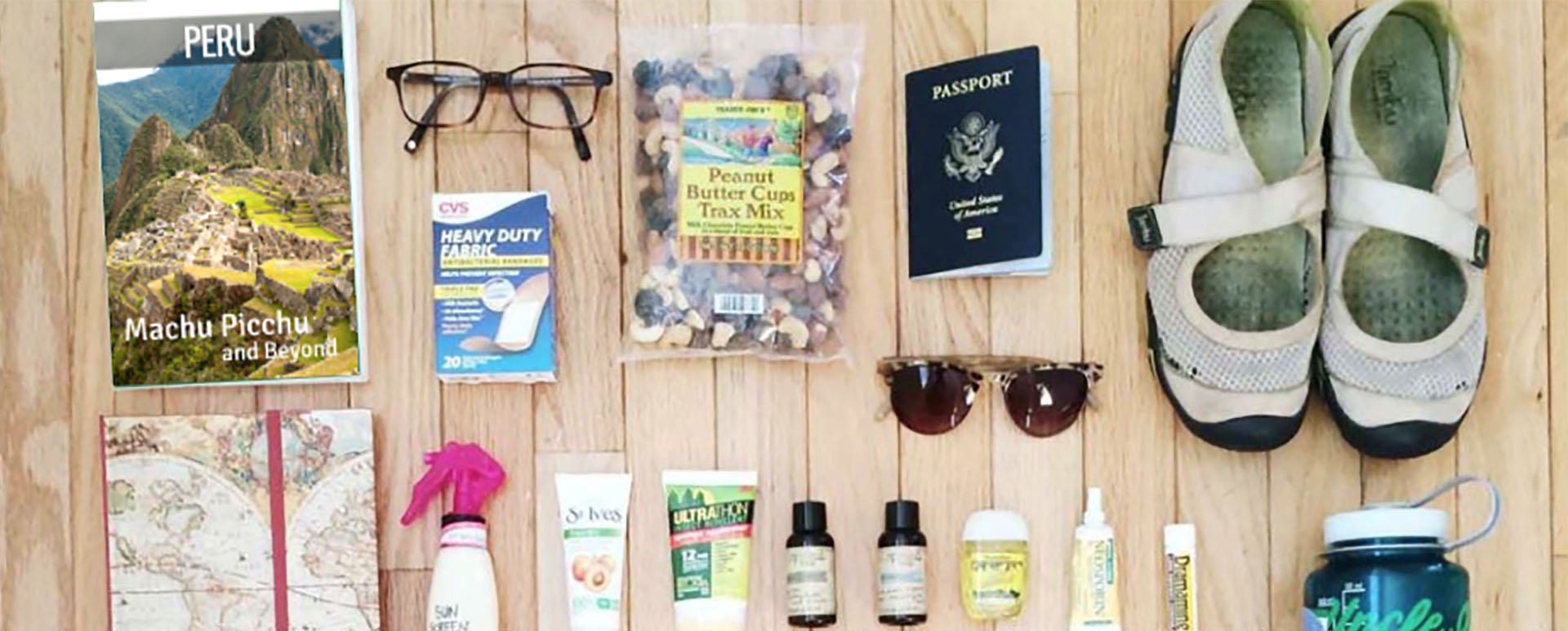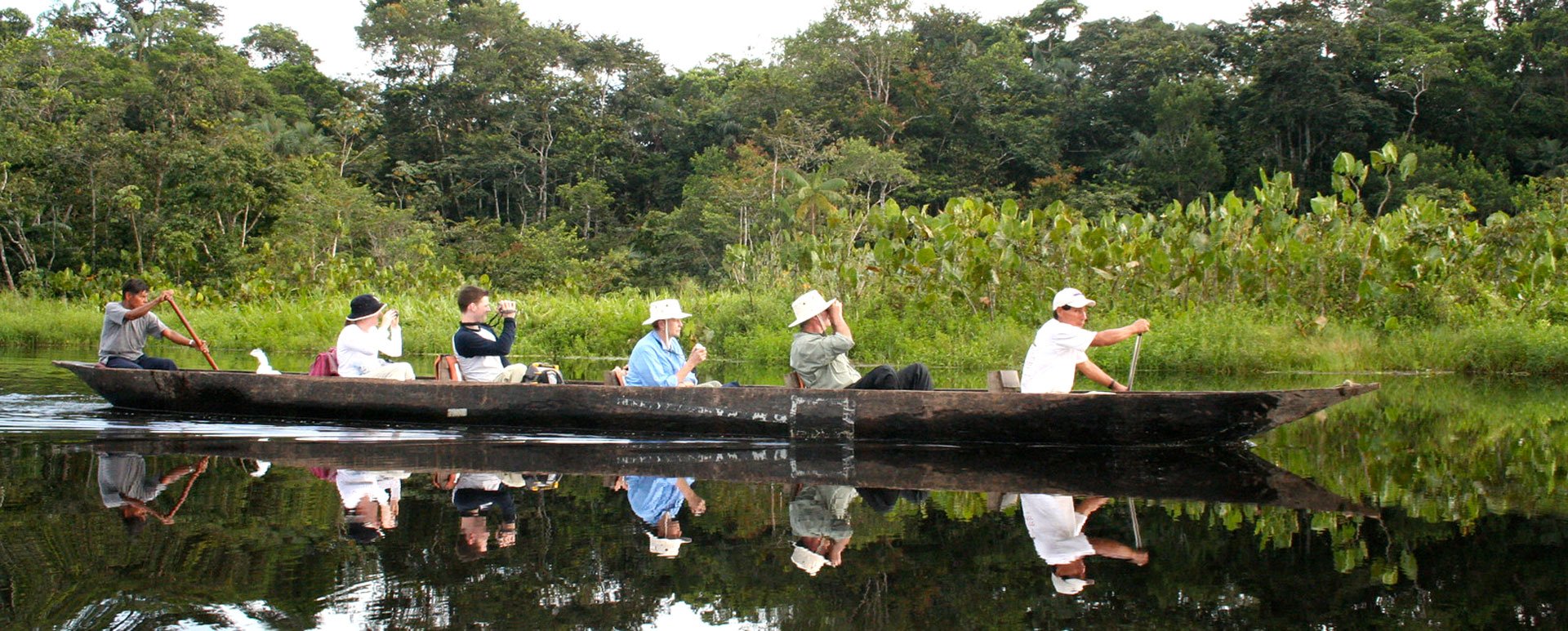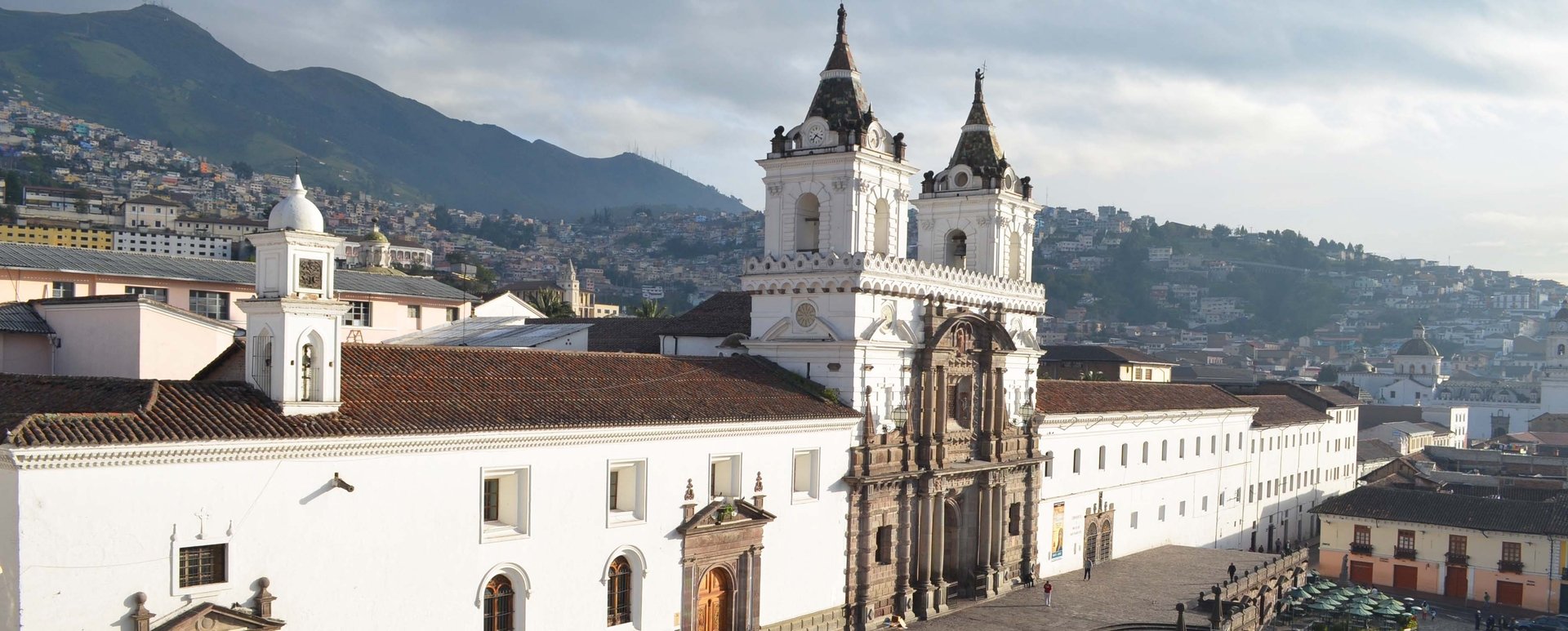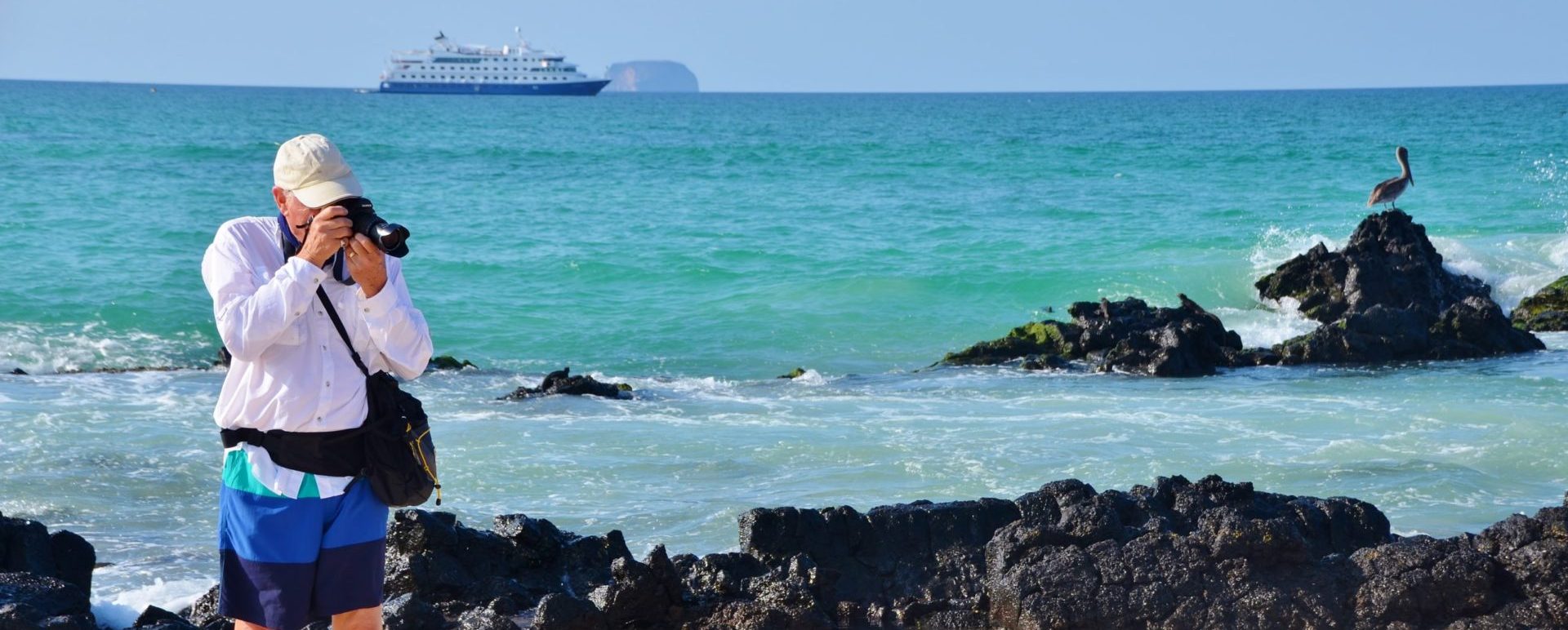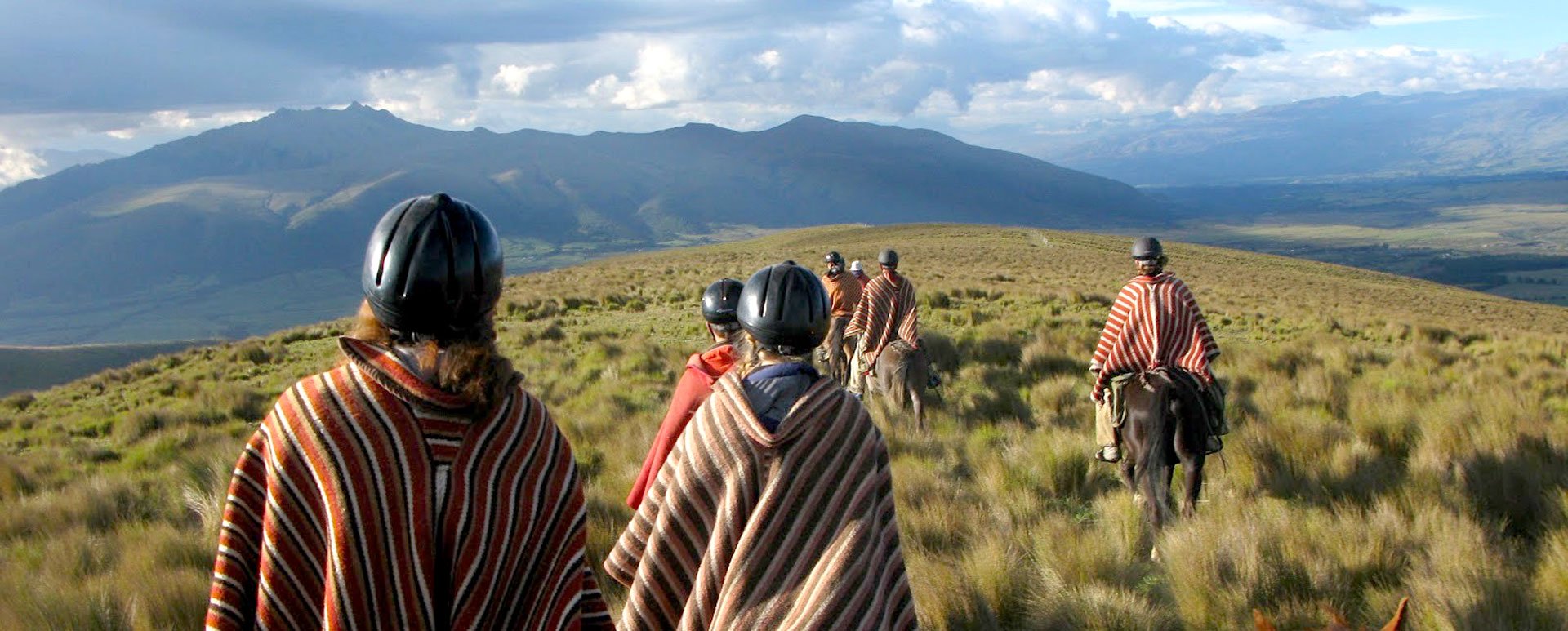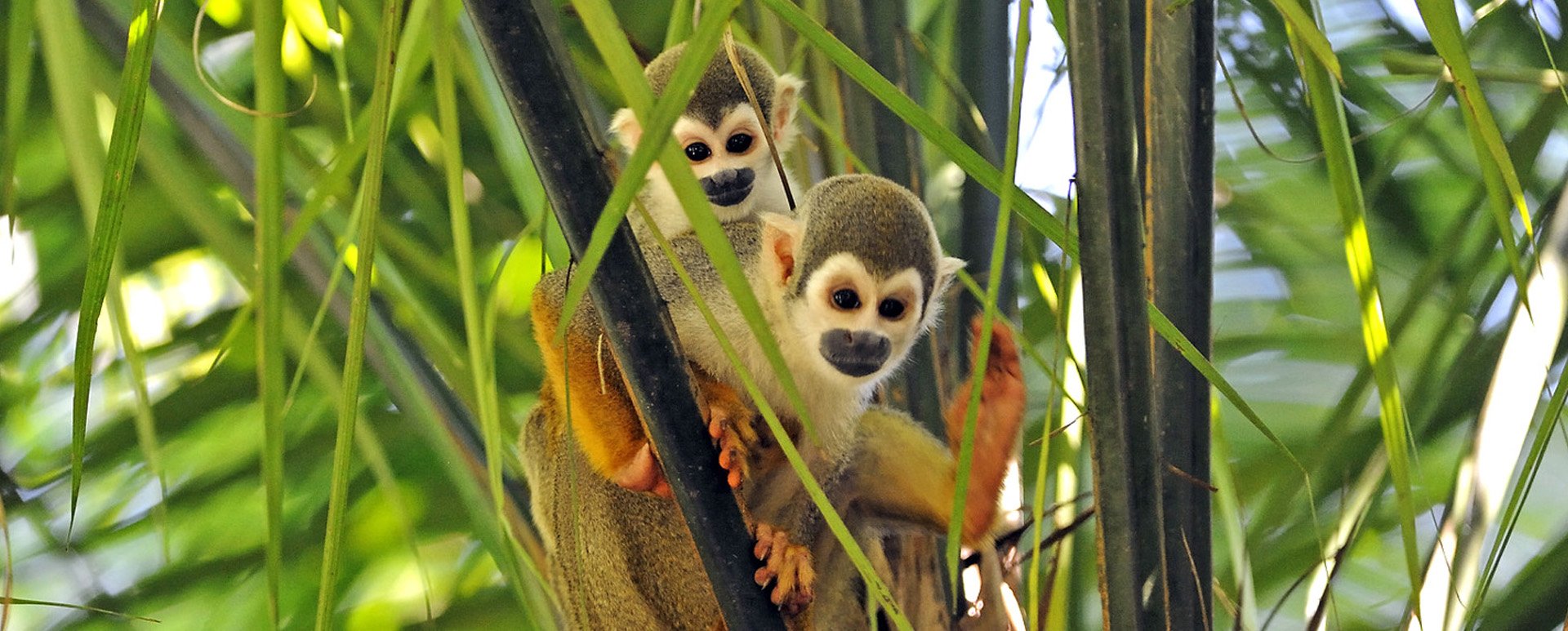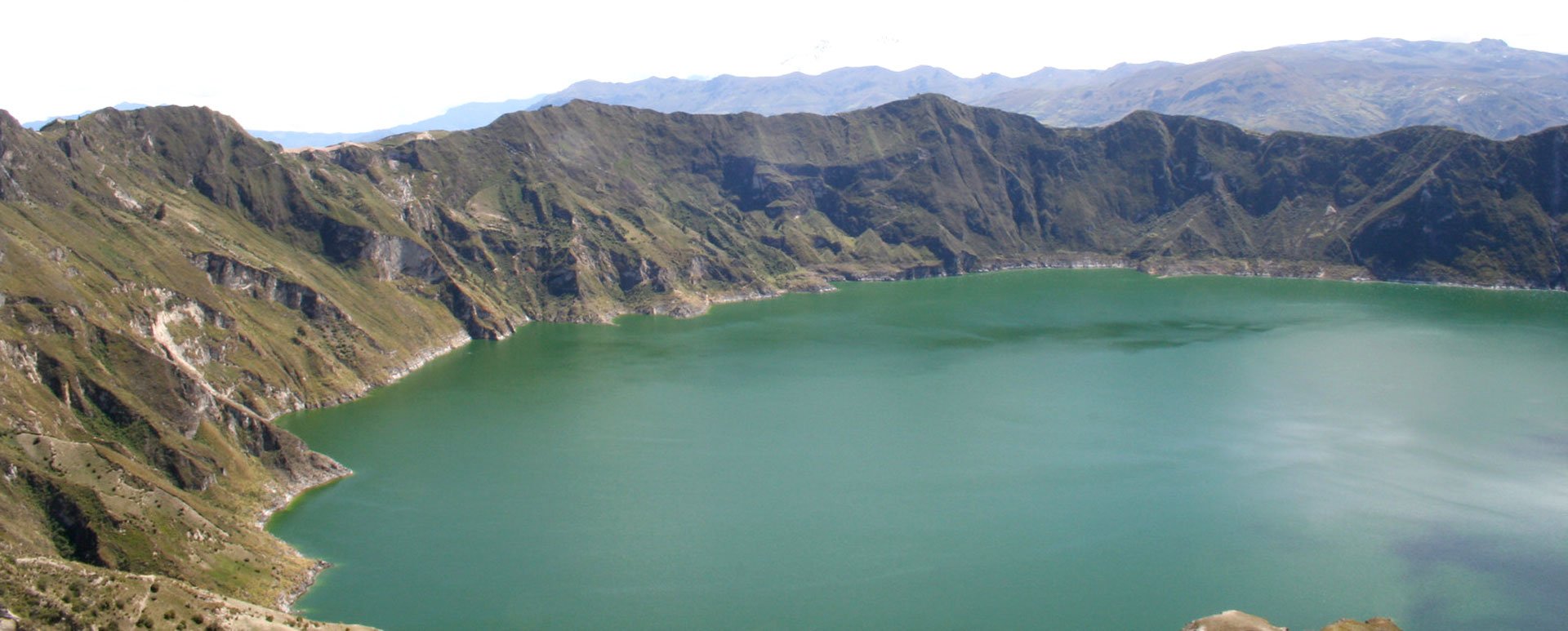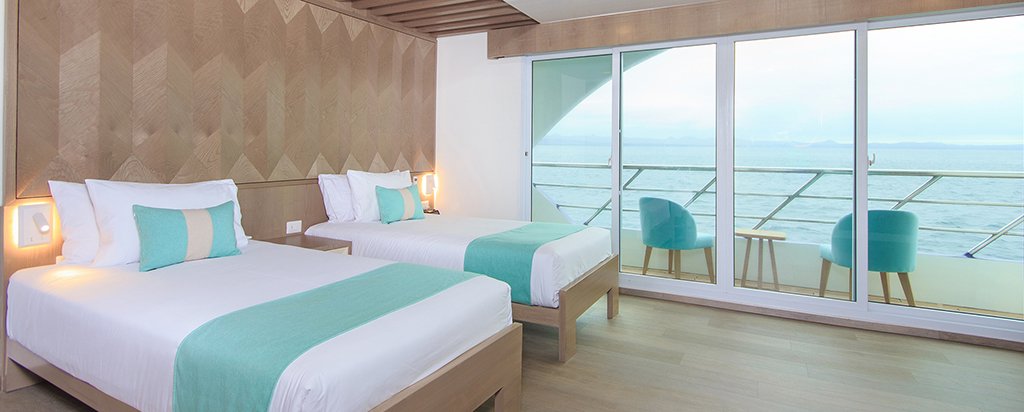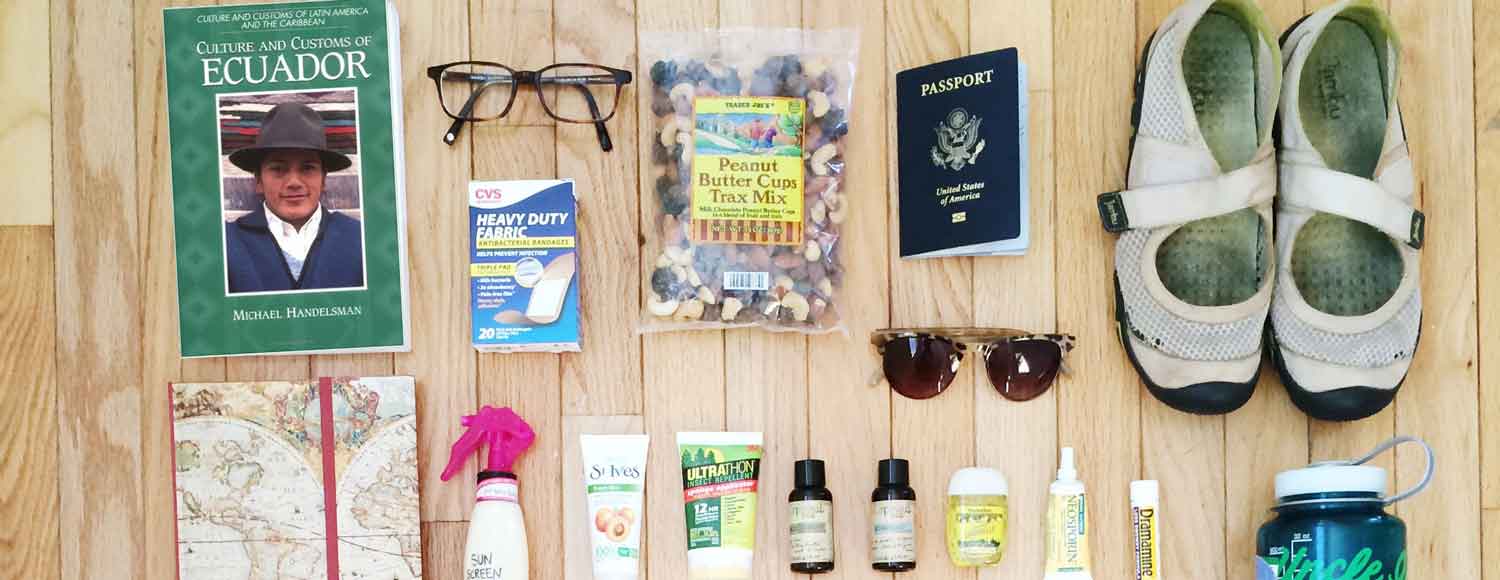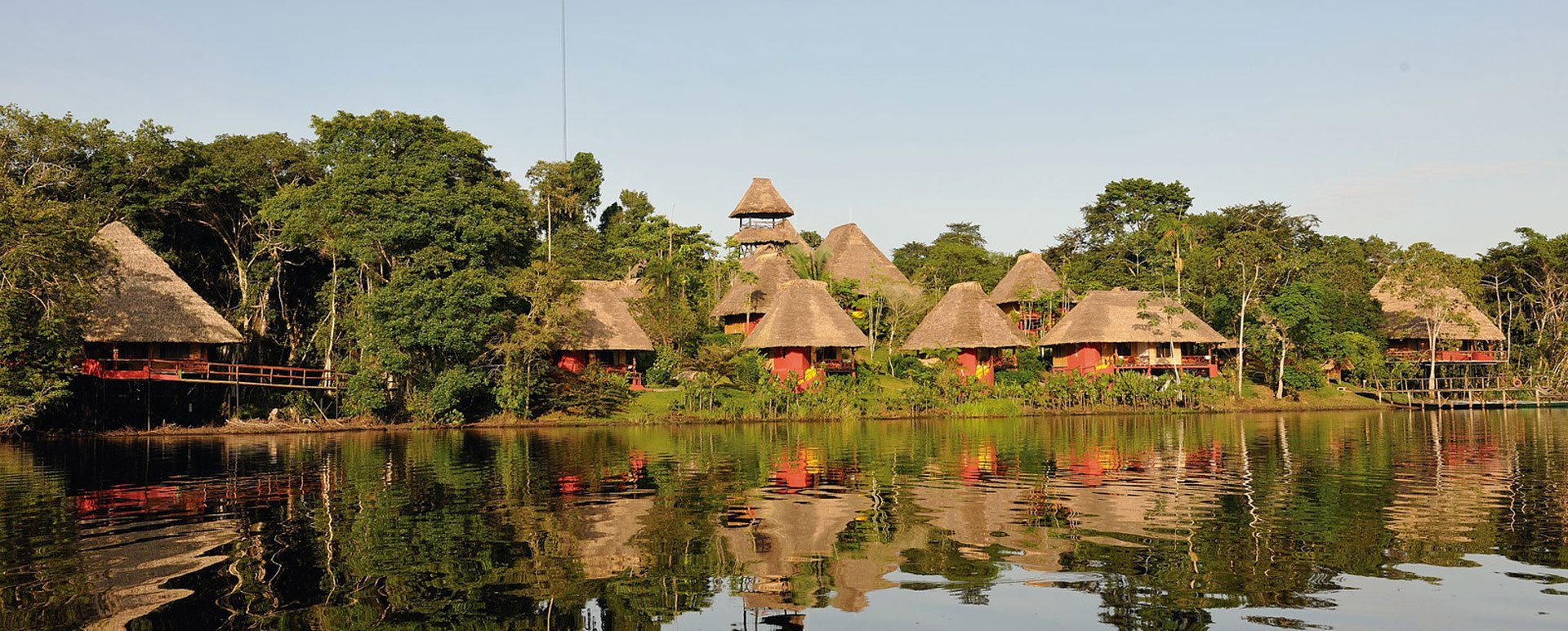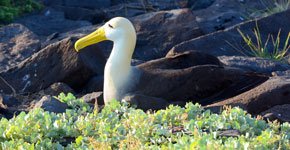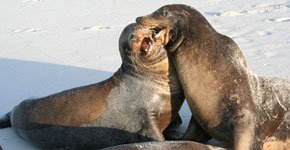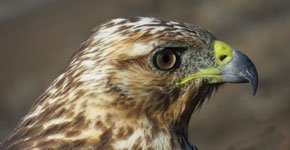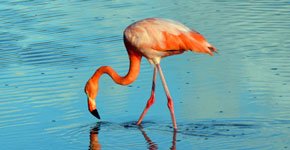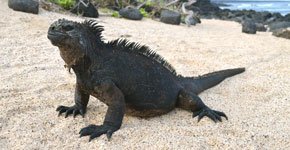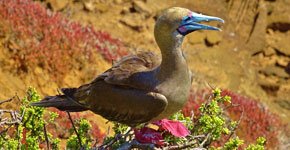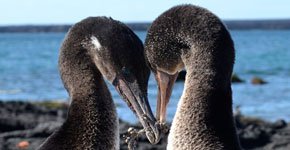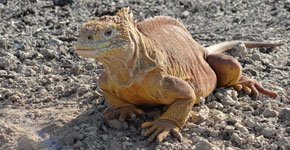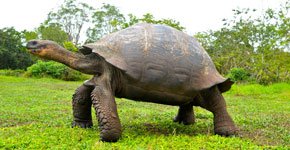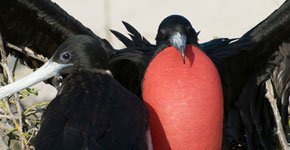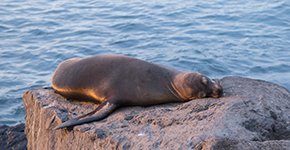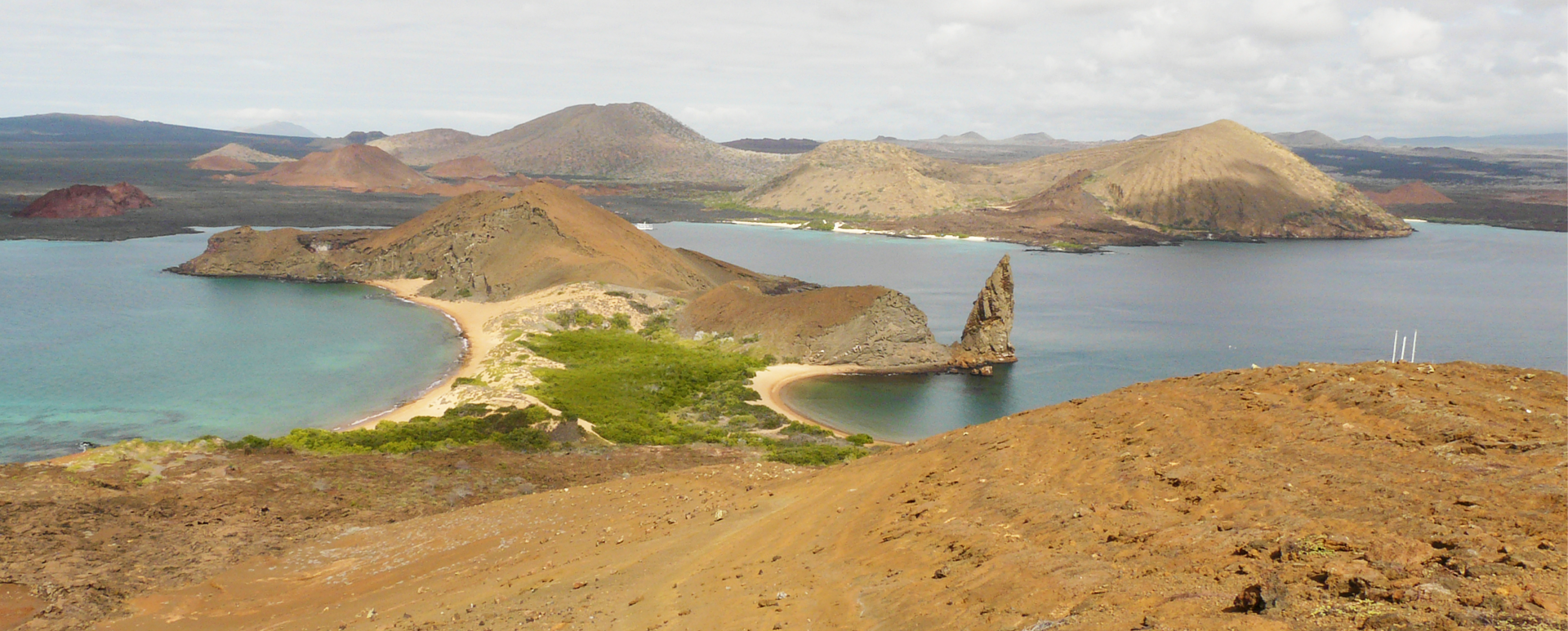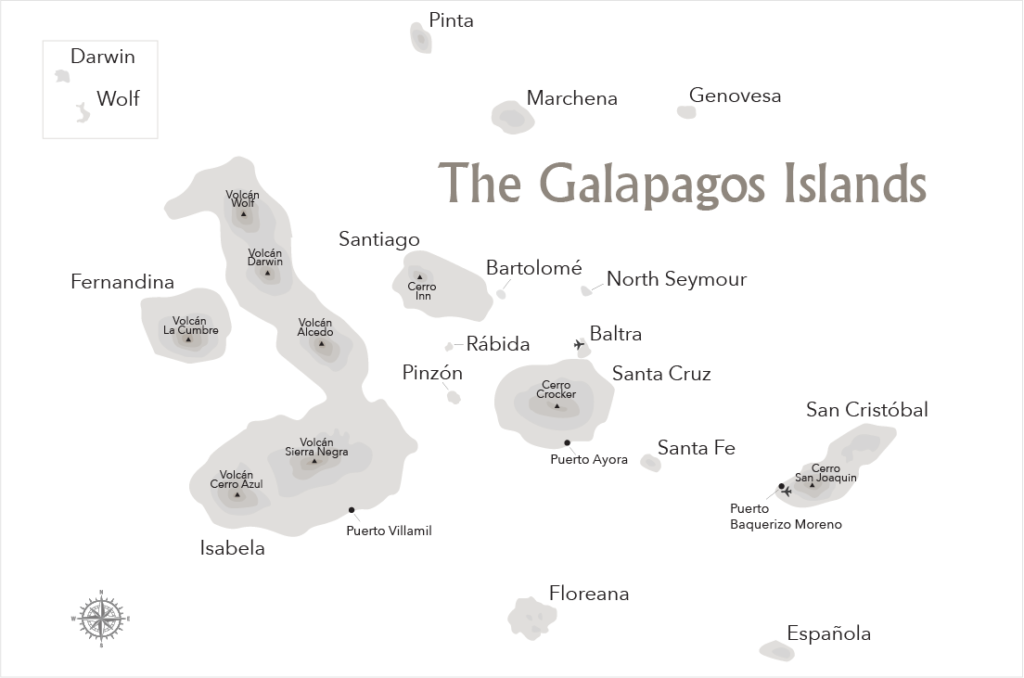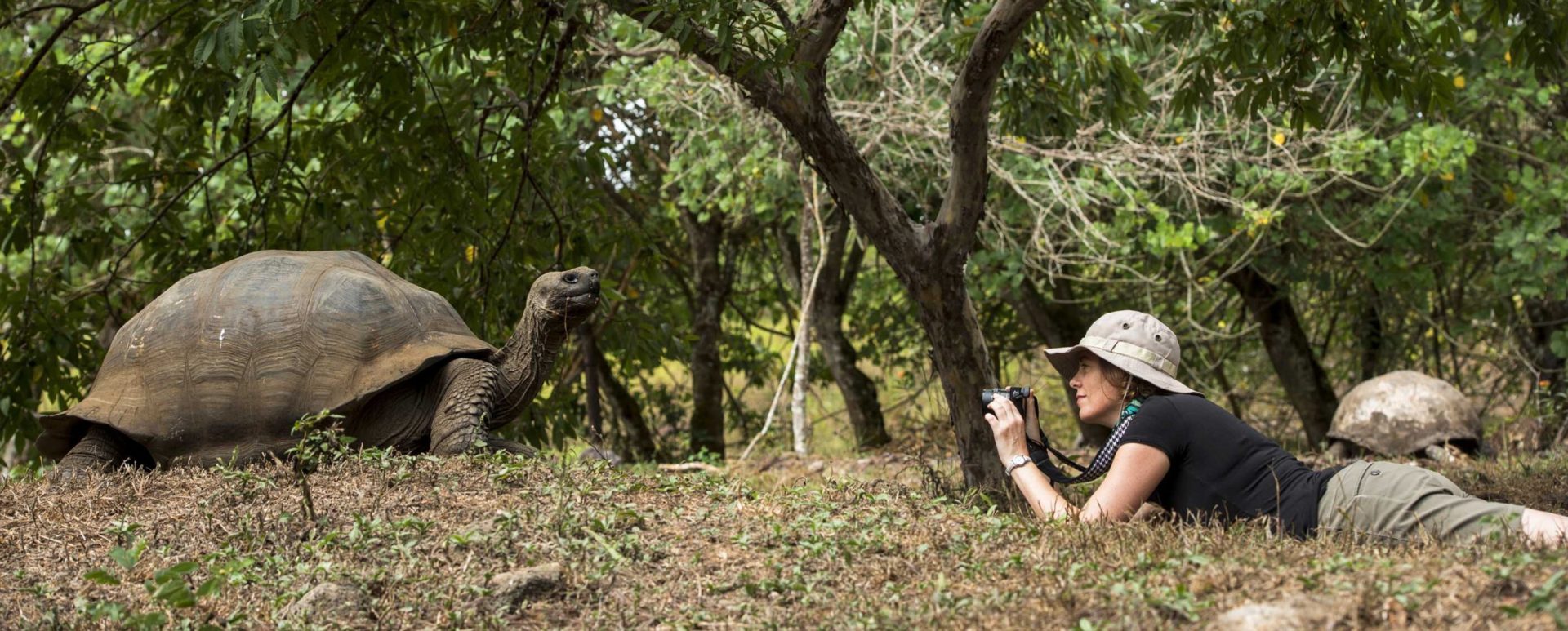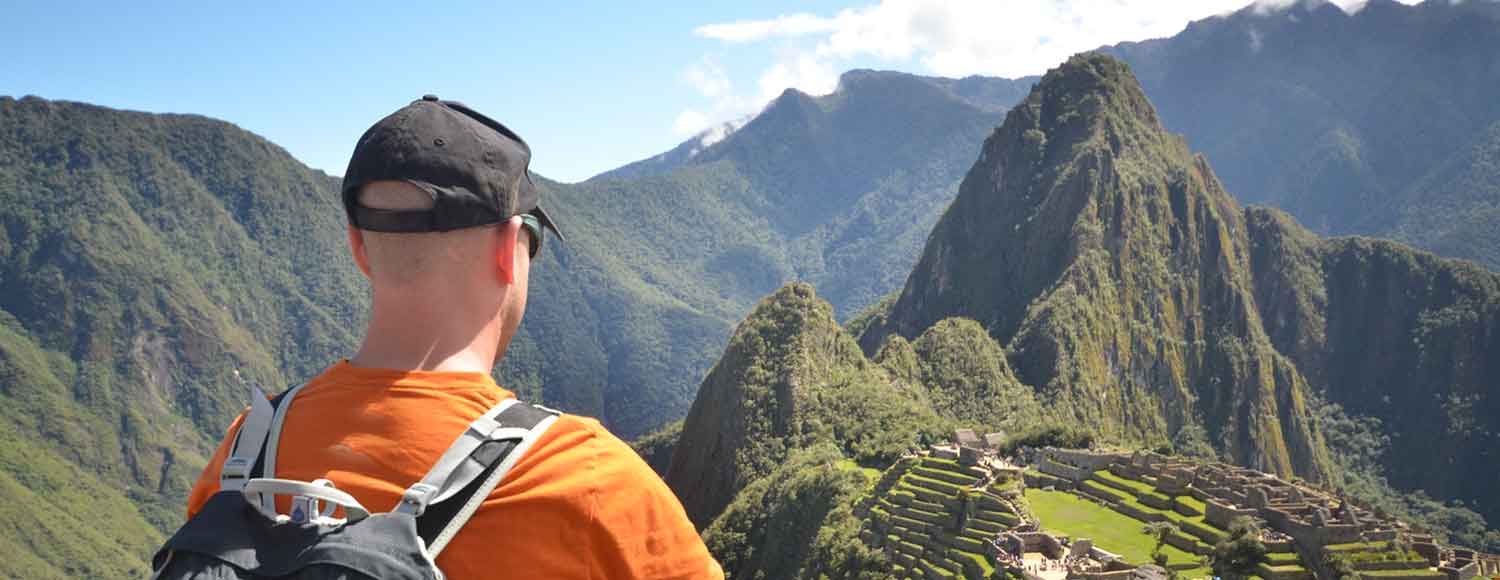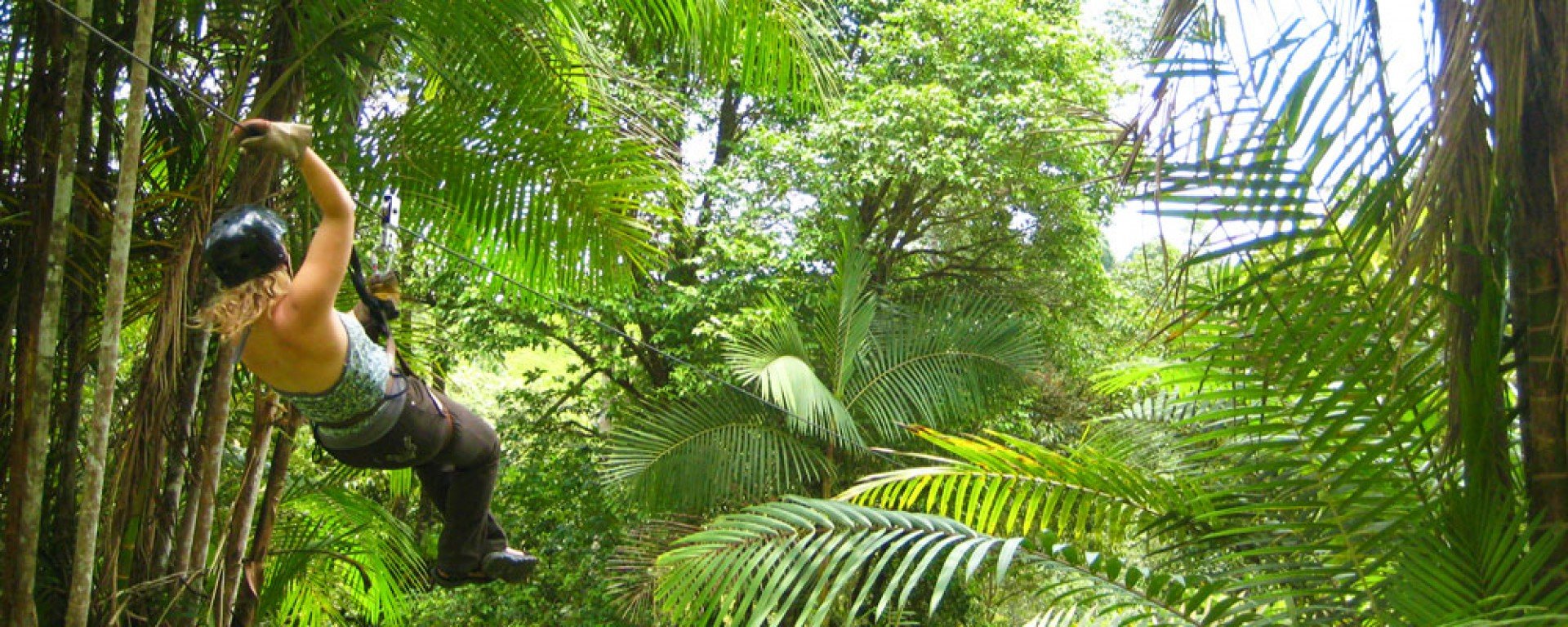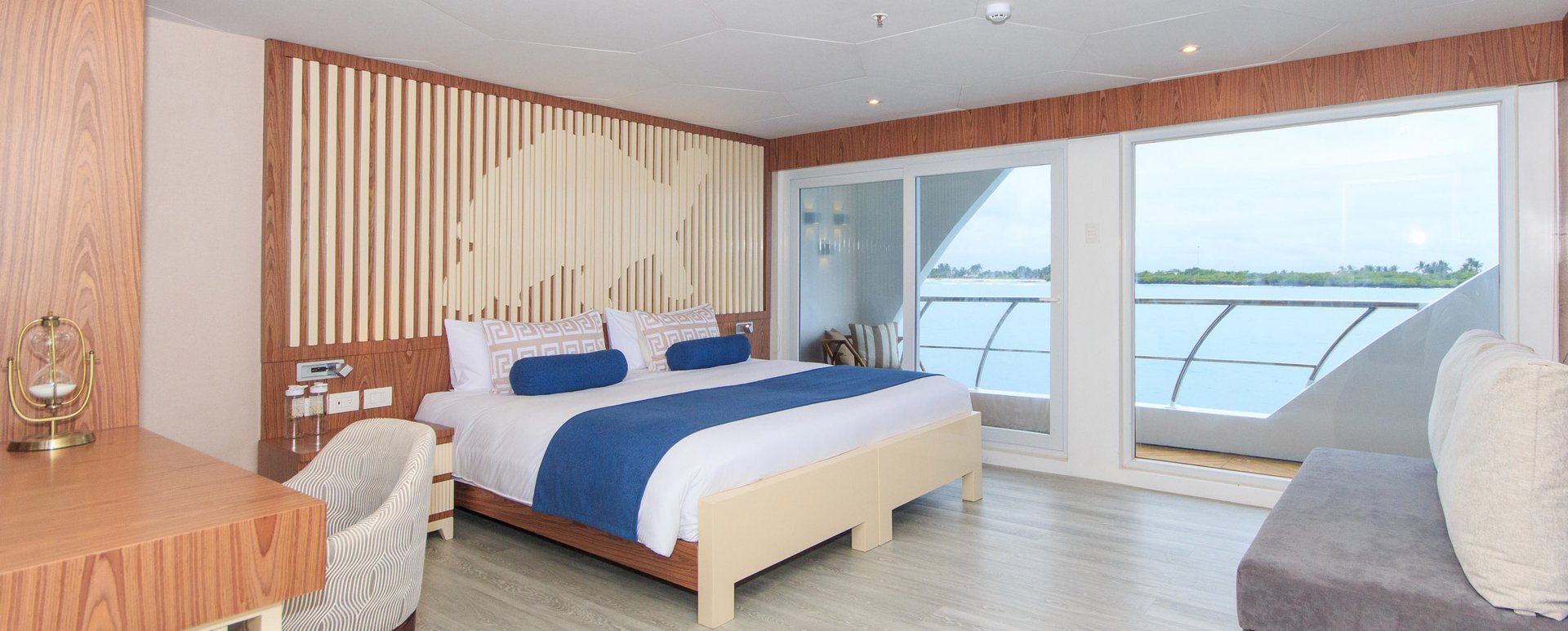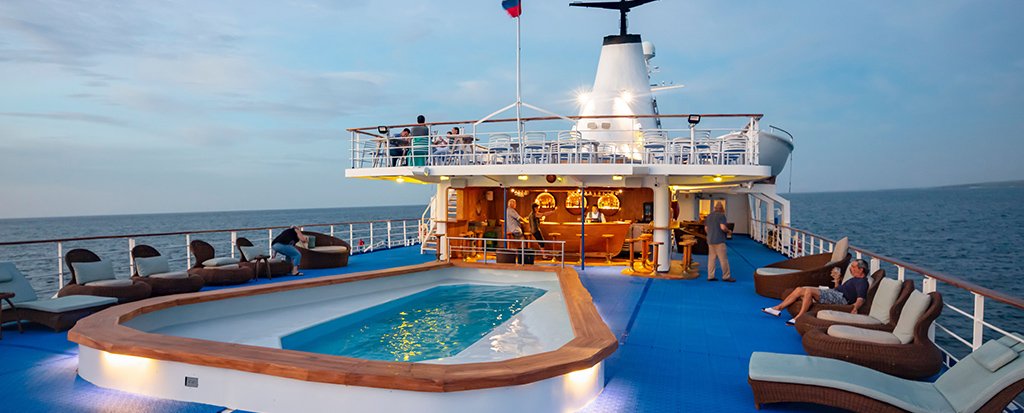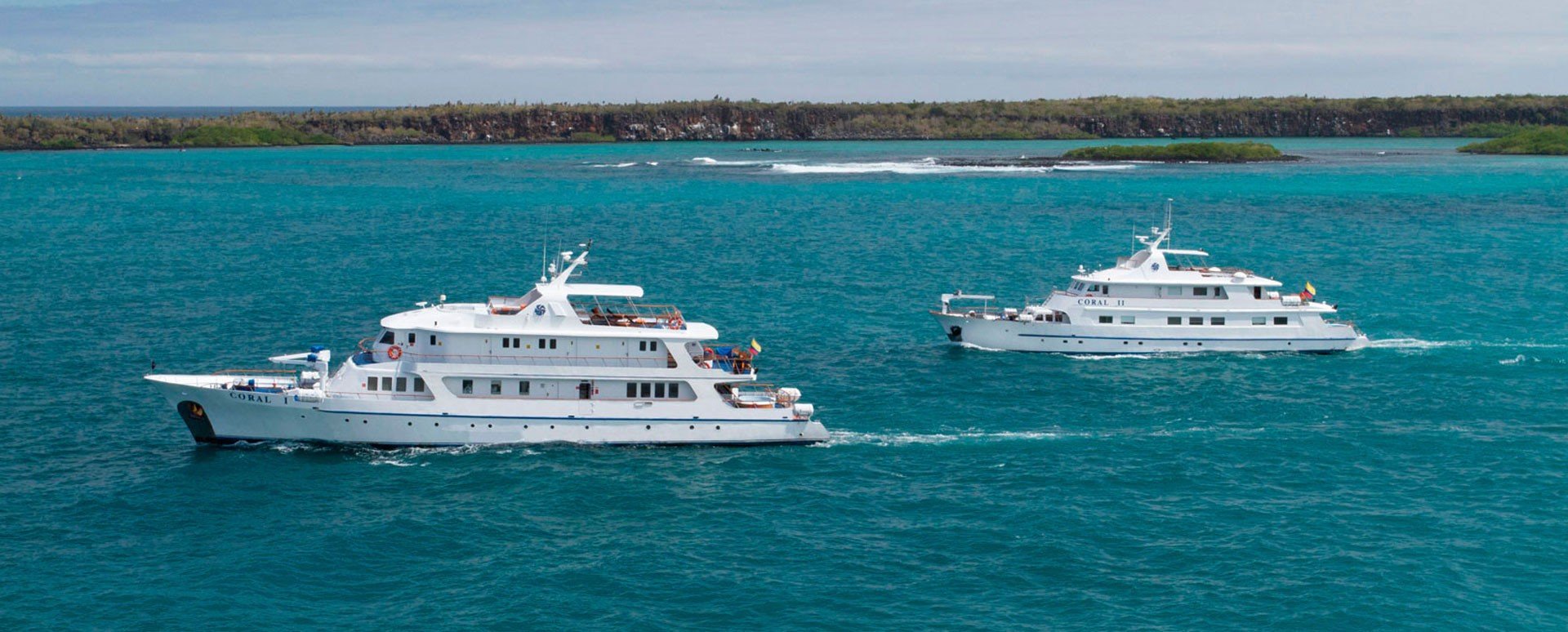
Six Days in a Natural Paradise: Galapagos Islands
In January, I had the opportunity to travel to the Galapagos Islands as Andean Discovery’s Multimedia Manager. The Islands were one place that I always wanted to visit ever since I watched the movie “Master and Commander ” which is loosely based off of Charles Darwin’s expedition around the Islands. The scene where the Darwin character was amazed at the marine iguanas swimming in the ocean (which is the only species of iguana that does) appealed to me as a place untouched by humans where wildlife has developed that is strange and unique. I didn’t know much about the Galapagos before arriving, but I imagined a naturally secluded biodome-like ecosystem. I wasn’t disappointed.
On our first day we arrived at the airport on Baltra Island, one of the few inhabited islands. Today only 3% of the islands are occupied by people. Most live on the larger islands, while the rest are uninhabited.
The first thing I noticed when stepping out of the airplane was that, even with the jet engine roaring in the background, everything seemed calm. After flying from my house in Quito, Ecuador, where there is a constant hustle and bustle of city life, it was nice to see a place that seemed barren of people and was just pure nature. I hadn’t even seen the best yet.
When you first arrive you can feel that you are in a remote part of the world. You are literally sitting on rather small islands surrounded by thousands of miles of the Pacific Ocean.
When we arrived at our ship, the Santa Cruz II, we were greeted with snacks and drinks by a very welcoming staff. I realized right of the bat what kind of luxury they had in store.
After a short and entertaining introduction about what to expect during the next few days, we set off. For me it was exhilarating to be on the sea again. The wind rushed past as the ship broke fast through the waves. Although land is generally always in view you are still cruising in the open ocean with nothing but sea on one side of the ship.

We first arrived on North Seymour Island which was a great introduction to the wildlife of the Islands. For most of the uninhabited Islands you must take a panga boat from the ship to the shore and they have what they call dry landing and wet landings. For us our first landing was a dry landing, where we went straight from the boat to the shore. Immediately, upon stepping foot on the Island, I realized the abundance of wildlife. Without exaggerating, there were sea lions hanging out a few feet away, land iguanas relaxed in the sun, crabs scoured the rocks as the waves crashed against them and the sky was full of activity with frigate birds swooping and gliding over our heads. It is true, for what they say about the Galapagos, that with no natural predators for most of the wildlife, they have evolved to be unafraid of humans. Don’t be startled if land iguanas walk right up to your feet seemingly unaware of your presence.

After a short hike around the Island that was full of sightings of frigate birds, land iguanas, blue-blue footed boobies, and an array of other wildlife, we returned to the ship to relax after a long first day. Our first dinner was a delicious blend of local and international cuisine. Many of the ingredients used came from the Islands themselves or Ecuador’s mainland. Fresh ingredients and a unique variety of meals was a trend that continued through our whole journey.
At night I was able to meet fellow travelers while I rested on the outdoor deck, which seemed to be one of the most relaxing places in the world at the time. A warm breeze blew across the calm ocean as we travelled towards our next destination.

What was truly amazing was, due to the lack of light pollution, you could see the stars in the night sky from one horizon to the other. On one of the nights we sat in the pitch dark as a crew member pointed out the southern cross and other constellations. The Islands unique placement on the equator enables viewers to see the constellations of both the northern and southern hemispheres in one night.
The next few days consisted of island explorations and wildlife watching. We successfully viewed almost all 15 of the Galapagos Big 15 list and I was able to finally see the marine iguanas swim in the ocean for the first time. I’m not sure why Darwin called them “imps of darkness” because I thought they were quite beautiful.
One of the highlights for me was the snorkeling expeditions, which were done from both the shore and from the pangas. If you think above the surface of the Galapagos is amazing, there is a whole other colorful world beneath. The ship supplied us with masks, snorkels and body suits if needed and sent us off to explore the depths.
As soon as you enter the water you are hit with an array of colors reflecting from the schools of fish. As with the surface the animals seem unafraid of humans and swim very close to you. I watched as flightless cormorants swam around my head hunting for food and baby sea lions swam up curiously to check me out. I even got to swim alongside a sea turtle as it glided over the sea bottom. It was very reminiscent of Finding Nemo or a David Attenborough documentary.

Towards the end of journey we went to shore on the inhabited Santa Cruz Island at Puerto Ayora and got to see how the human species lived on the Islands. We were lucky that on this day of our arrival was the start of Carnival, a festival that is held across Latin America and the world.
The town center was full of festival goers and live music. We watched as people sprayed each other with confetti and water (a tradition popular in Ecuador for carnival) while we avoided getting sprayed ourselves. Overall, the town of Santa Cruz seemed small enough to be relaxing and had strong sense of community and friendly people.
On the last night of our journey, just when we thought we had seen enough wildlife to last a lifetime, the Islands put on a spectacular show for us that was one of the most amazing things I’ve witnessed in my life. Most of the passengers rushed outside to view the spectacle as hundreds of Galapagos sharks circled our boat. Every corner of the boat was packed full of these sharks with their eyes glowing beneath the surface. What brought them to us was a large school of flying fish that also surrounded us. We watched in amazement as the sharks chased the flying fish who jumped and glided out of the water at amazing speed. We realized the sharks’ sly tactic as they spooked the flying fish to jump into the side of the boat. As the fish floated and stunned the sharks would capture their meal. To add even more amazement to the feeding frenzy, we realized sea lions were hiding under the boat and would dart out to steal the meals and immediately return to the underside of the boat followed in pursuit by the angry sharks. The whole ordeal was a great end to our even greater journey.
The following morning we returned to shore and were transported to the airport for our flight back to Ecuador’s mainland. As I stared out the window of the airplane and watched the Islands disappear into the horizon I realized why these Islands are so valuable to our world and why we as humans need to conserve this nature. Their remote location protected them from our species destroying their ecosystem for so long. Even for the short time humans have been there we managed to cause almost irreversible damage. Luckily, conservation efforts, a lot of which are funded by tourism to the Islands, are helping to protect the Islands’ fragile ecosystem while maintaining a balance with nature that still allows us to visit and view this amazing part of the world. It is still amazing to me that places like this exist on our Earth and it is up to us to ensure they continue to exist.
If you are interested in experiencing the Galapagos Island’s in person, please check out one of our many tour options by clicking here.
